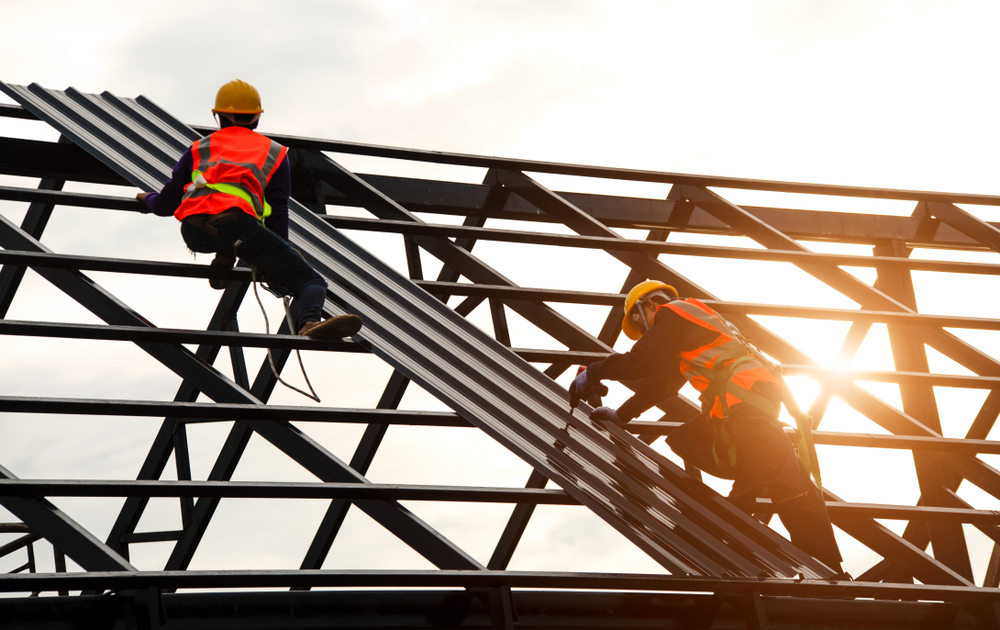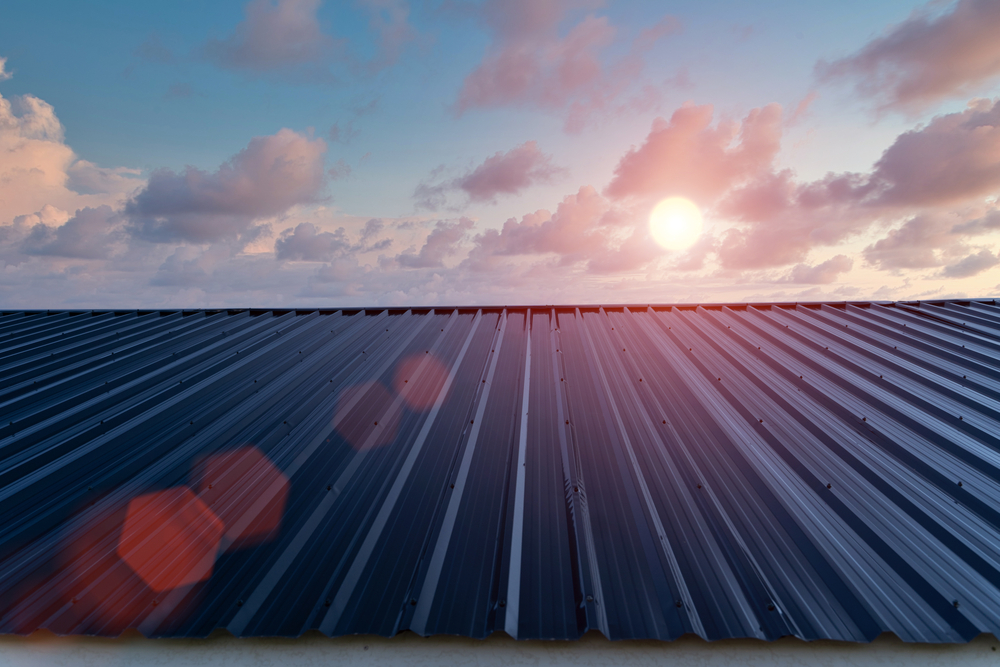Do metal roofs make houses hotter? It’s a valid question, especially in warmer climates. The quick answer is: it depends. There are a lot of factors to consider when it comes to how hot a roof will make a house.
Will a metal roof increase the temperature of my home?
Putting a metal roof on your home will not increase its temperature. The interior temperature of your home depends on two key elements. One is your roof’s substance, while the other is its construction.
Materials
The metal roof would not make your home’s interior any hotter than its current roof material. Once the sun goes down, the exterior of your metal roof will actually cool off far faster than your current roof.
When exposed to direct sunshine, metal roofing will surely heat up, but whether it warms up more or less than other roofing materials depends on the color and kind of finish/coating.
It is generally accepted that lighter colors absorb less heat than darker ones. It should also be noted that, with the exception of specially built ‘cool roof’ products, similarly colored roofing materials will absorb heat at roughly the same rate, regardless of their composition.
Cool metal roofs reflect a portion of the sun’s energy, thereby lowering the temperature of a building during hot weather. Coatings on cool metal roofs are meant to reflect the sun’s energy. A conventional prepainted metal roof will not reflect as much energy as a cool metal roof, but it still offers a rapid pace of cooling down in comparison to non-metal roofing materials.
After sunset, lightweight roofing materials often lose heat the quickest and recover to ambient temperature the quickest. In hot areas, metal roofing becomes the obvious choice. Heavier substances, such as slate, concrete, and asphalt, absorb and retain heat. The longer they remain warm, the more heat they may transfer to the building’s interior.
Roofing Structure

The material of the roof impacts the amount of heat the roof absorbs. The structure between the roof material and the inner area below has a larger impact in protecting your home from overheating in hot weather. Typically, the structure of your roof does not alter when adding a metal roof.
Even after installing a new metal roof, a poorly constructed roof will continue to cause heating and cooling concerns within the property. Roof ventilation, proper choice of paint color, and ceiling insulation are essential for controlling your home’s heating and cooling costs.

